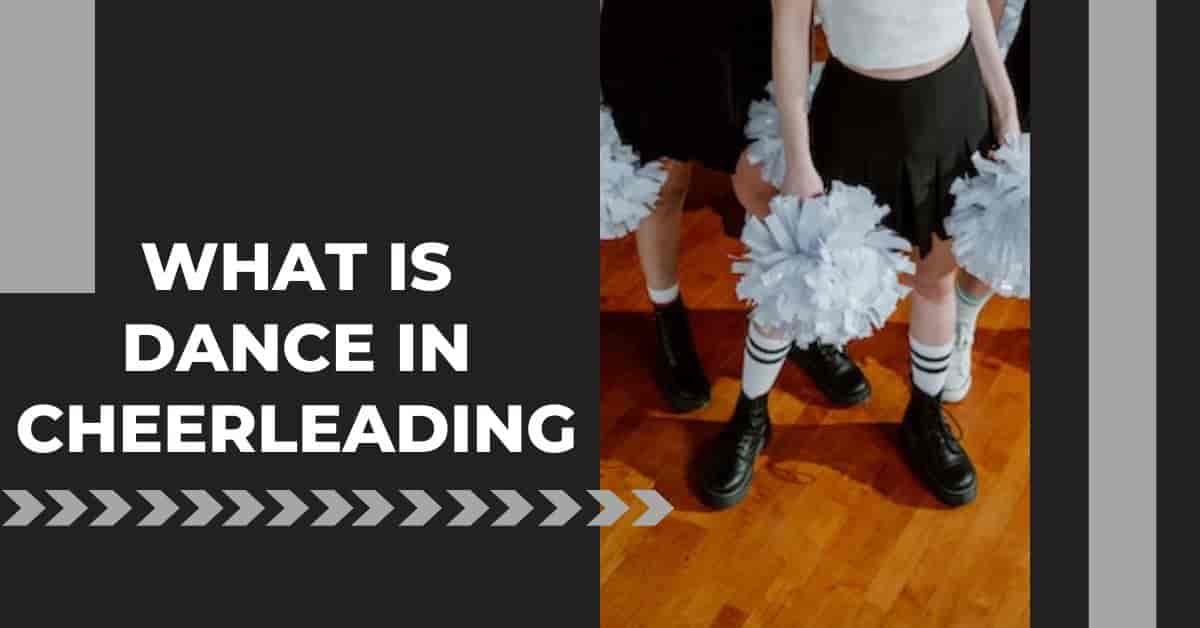If you’ve ever been mesmerized by the seamless choreography and rhythmic moves of a cheerleading squad, you’ve experienced the captivating element of dance in cheerleading. But what exactly is dance in this context, and why does it hold such a pivotal role in cheerleading performances and competitions? In this ultimate guide, we’ll delve into the essence, structure, and impact of dance in the world of cheerleading.
What is Dance in Cheerleading?
Dance in cheerleading is the choreographed performance of rhythmic and patterned bodily movements, usually performed to music. Unlike traditional dance forms, dance in cheerleading often incorporates elements of gymnastics and stunting, making it a unique blend of athleticism and artistry.
Types of Dance Elements:
- Jazz: Characterized by its technical precision and fluid movements, often used in competitive routines.
- Hip-Hop: Known for its high-energy and intricate isolations, adding a modern flair to routines.
- Pom: Involves the use of pom-poms and is characterized by sharp, synchronized movements.
The Anatomy of a Cheerleading Dance Routine
Understanding the structure of a cheerleading dance routine can help you appreciate the skill and artistry involved.
Structure and Components
- Choreography: The sequence of dance moves and formations that make up the routine. Choreography is often tailored to the team’s strengths and the event’s requirements.
- Formations: The spatial arrangement of cheerleaders during the routine, which can range from lines and circles to more complex shapes.
- Transitions: The movements that connect different parts of the routine, crucial for maintaining flow and visual appeal.
The Purpose and Impact of Dance
Dance serves multiple functions in cheerleading, each contributing to the overall impact of a routine or performance.
Adding Artistic Flair to Routines
- Dance elements bring an artistic dimension to cheerleading, elevating it from a purely athletic performance to an expressive art form.
Scoring Implications in Competitions
- In competitive cheerleading, the quality of dance can significantly influence scores, particularly in categories like synchronization and artistic expression.
Crowd Engagement and Entertainment
- The rhythmic and visual appeal of dance elements can captivate a crowd, adding an extra layer of entertainment value to any cheerleading event.
Dance Techniques in Cheerleading
Mastering the art of dance in cheerleading requires a deep understanding of various techniques.
Importance of Technique
- Proper technique ensures not only aesthetic appeal but also the safety of the performers.
Common Dance Moves and Their Execution
- Moves like pirouettes, leaps, and isolations are often incorporated into cheerleading dance routines. Understanding the mechanics of these moves is crucial for effective execution.
Crafting the Perfect Dance Routine
Creating an effective dance routine in cheerleading involves a blend of musicality, synchronization, and emotional expression.
Musicality
- The ability to interpret and move to music is essential. The choreography should align with the musical elements to create a harmonious performance.
Synchronization
- Team members must be perfectly in sync to execute the routine effectively. This requires rigorous practice and a keen sense of timing.
Emotional Expression
- The emotional tone of the dance should match the theme of the routine or the event. Whether it’s a high-energy hip-hop section or a graceful jazz piece, the emotional expression should be palpable.
The Do’s and Don’ts of Cheerleading Dance
Navigating the world of dance in cheerleading involves more than just executing moves; it’s about knowing what to do and what to avoid for both safety and effectiveness.
Do’s
- Practice Regularly: Consistent practice is the key to mastering any dance routine.
- Be Expressive: Dance is as much about expression as it is about technique. Make sure to convey the intended emotion of the routine.
Don’ts
- Overcomplicate Moves: Complexity for the sake of complexity can lead to errors and may not necessarily impress judges or audiences.
- Ignore Team Synchronization: In cheerleading, the team’s overall performance is more important than individual brilliance. Always strive for synchronization.
Real-Life Examples
To better understand the impact and intricacies of dance in cheerleading, let’s look at some real-world examples:
- University of Kentucky Dance Routine: Known for their intricate choreography and flawless execution, their routines often serve as a benchmark for collegiate cheerleading dance.
- NCA All-Star Nationals: Teams here showcase a variety of dance styles, from hip-hop to jazz, setting trends in the cheerleading world.
Conclusion
Dance in cheerleading is more than just a series of choreographed moves; it’s an art form that requires skill, discipline, and a keen understanding of both technique and emotional expression. Whether you’re an aspiring dancer or an avid fan, understanding the do’s and don’ts, the purpose, and the techniques of dance can deepen your appreciation for this expressive aspect of cheerleading. So the next time you witness a breathtaking dance routine, you’ll know the dedication and expertise that went into making it a show-stopping moment.

